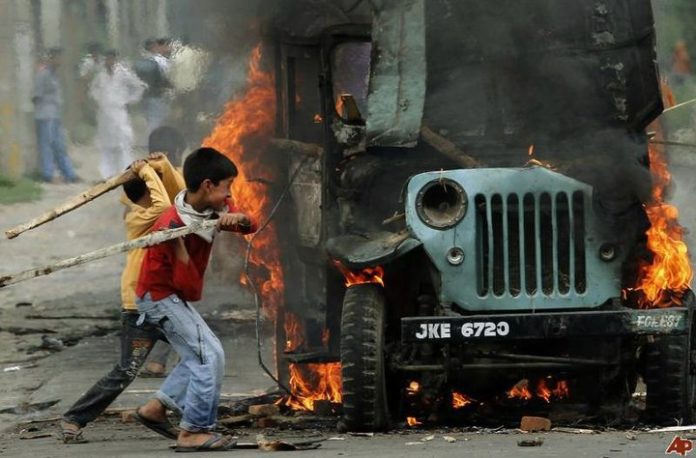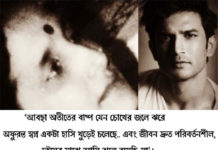A scientific study on the religious demography of the country by a team of demography experts points out that there is a concerted and successful attempt among the Muslims in Kashmir to have more children which has drastically changed the composition of the State.
Centre for Policy Studies, an internationally reputed think tank based in Chennai, has come out with a finding that the unprecedented increase in the turmoil and violence being felt in the State of Jammu & Kashmir has its roots in the spurt in the Muslim population which is not in synchronisation with natural growth.
“The Kathua incident too is a fall out of this phenomenon,” said Dr Bajaj.
A study by the CPS has found that the root cause behind the peaking of secessionism in the northern State is due to the drastic change in the religious demography in Jammu & Kashmir.
Quoting from the census data published by the Government of India over the decades, a team of researchers consisting of Dr JK Bajaj, Prof M D Srinivas and A P Joshi found that while there were 85,157 live births in the Valley in the year preceding Census 2001, it shot up to 1,76,673 in 2011.
While the year 2001 recorded 1,16, 434 births live births in the Muslim community, it shot up to 2, 13, 882 live births in the year 2011 an increase of 83.69 per cent. Census 2001 counted a total of 1.68 lakh births in the preceding year; the number in 2011 has risen to 2.74 lakh. This amounts to an increase of 63 percent in the live births, while total population in this decade (2001-2011) has grown by only 24 percent. “Such a rise in the number of births unrelated to the rise in total population is extremely unusual,” said Prof Srinivas..
“This abrupt rise is restricted only to births in the Valley. In Jammu region, number of births has increased by only 19.3 percent, which is somewhat less than the rise in population of that region. In Ladakh, number of births has declined by nearly a third,” said the report.
The important conclusion by the team of researchers is that 99. 13 per cent of the children born in the Valley belong to the Muslim community. This means that the spurt in live births in Jammu and Kashmir is thus limited to the Muslims in the Valley.
“The rise is such that an average Muslim woman in the Valley can now expect to produce 1.34 extra children over her lifetime compared to what she could have expected in 2001. Such a drastic change in the fertility rates over a period of just one decade is indeed surprising,” says the report.
The data for the number of children in the 0-6 year age group per hundred of the population of different communities proves that there has been a sudden rise of fertility in the Muslim community in the Valley. Census 2001 counted 14.64 children per hundred of population among them, while the ratio in 2011 is 17.83. Thus, compared to 2001, there are 3.2 more children per hundred of the population among Muslims there.




















































